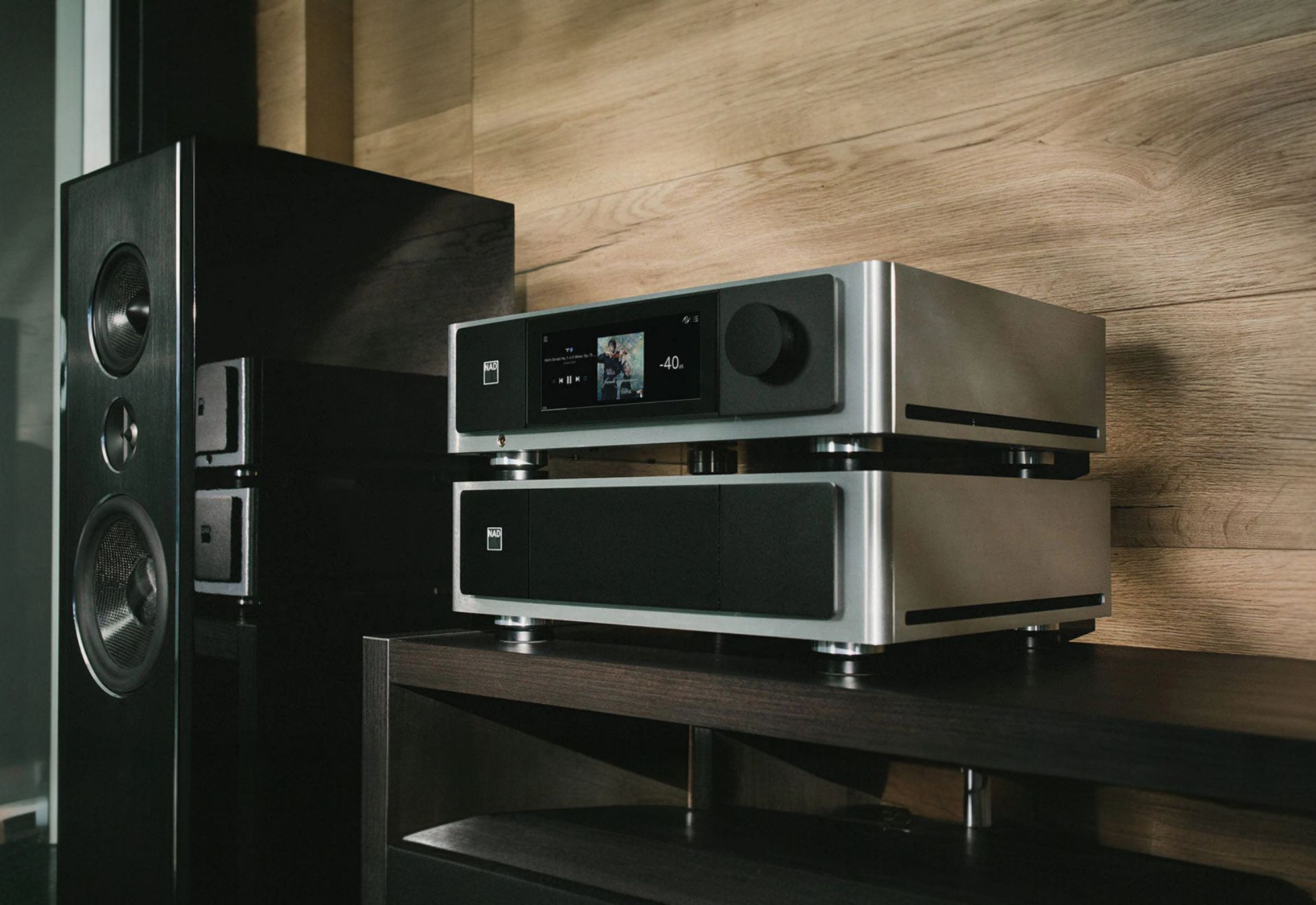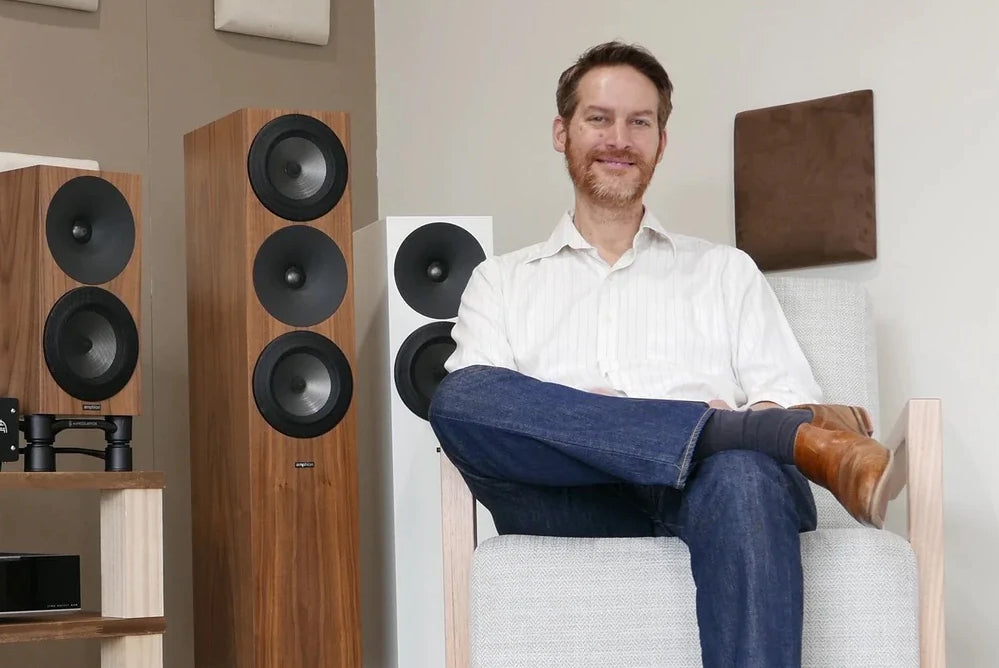What is a Hi-Fi Amplifier?
A Hi-Fi (High Fidelity) amplifier is an essential component of a high-quality audio system designed to amplify an audio signal with the goal of reproducing sound as accurately and transparently as possible. Hi-Fi amplifiers are used in home audio systems, music production setups, and professional sound equipment to drive speakers and produce clear, distortion-free audio. Whether you're an audiophile seeking the best sound quality or someone who simply loves good music, understanding the different types of Hi-Fi amplifiers is crucial when selecting the right one for your needs.
Types of amplifiers
There are several different types of Hi-Fi amplifiers, each offering unique characteristics in terms of sound quality, power output, and efficiency. The most common classifications include Class A, Class AB, Tube Amplifiers, and Class D amplifiers. Let's dive into each type to understand their strengths, weaknesses, and how they impact audio performance.
Class A-B amplifiers
Class AB amplifiers are a hybrid design, combining the best characteristics of both Class A and Class B amplifiers. In Class AB amplifiers, the output transistors only conduct for part of the signal cycle (like Class B), but they overlap slightly with each other to minimize distortion (a feature of Class A). This design aims to balance power efficiency with sound quality.
READ MORE
Advantages of Class AB:
- Balanced Sound: Class AB amplifiers offer a good balance of high-quality sound and efficiency. They offer lower distortion than Class B and can handle high power outputs while maintaining relatively clean sound.
- Better Efficiency: Class AB amplifiers are more efficient than Class A amplifiers, generating less heat and consuming less power.
Disadvantages of Class AB:
- Slight Distortion: While they are more efficient, Class AB amplifiers can still produce some crossover distortion, especially at low power levels, though it's typically less noticeable than in Class B designs.
- Size and Heat: Although more efficient than Class A, Class AB amplifiers still require substantial heat dissipation and can be quite bulky.
- LINK TO SEE OUR RANGE OF CLASS A/B AMPLIFIERS
Class A Amplifiers
- Class A Amplifiers
Class A amplifiers are considered the gold standard in high-quality audio amplification due to their incredibly pure sound reproduction. In a Class A amplifier, the output transistors are always on, conducting current throughout the entire audio signal cycle, regardless of whether the signal is active or silent. This continuous conduction means there is no "off" time for the amplifier's components, resulting in less distortion and greater accuracy in sound reproduction.
READ MORE
Advantages of Class A:
- Exceptional Sound Quality: Because the output devices are always active, Class A amplifiers deliver ultra-clean, low-distortion sound with natural tonal characteristics.
- Low Distortion: The continuous current flow means minimal crossover distortion, which is often noticeable in lower-end amplifiers.
- Great for Audiophiles: Audiophiles prefer Class A amplifiers for their detailed soundstage and transparency.
Disadvantages of Class A:
- Heat and Power Consumption: Class A amplifiers are highly inefficient, generating significant heat. They also consume more power than other amplifier classes, which can lead to higher electricity costs and the need for better ventilation.
- Size and Weight: The increased components required for cooling can make Class A amplifiers larger and heavier than other designs.
LINK TO OUR RANGE OF CLASS A amplifiers
Class D Amplifiers
Class D amplifiers, often referred to as “digital amplifiers,” represent a more modern design that uses pulse-width modulation (PWM) to amplify audio signals. Unlike traditional analog amplifiers, Class D amplifiers operate with high efficiency, converting almost all of the electrical power into output power without generating much heat.
READ MORE
Advantages of Class D:
- High Efficiency: Class D amplifiers are extremely energy-efficient, consuming far less power and producing far less heat compared to Class A or Class AB amplifiers. This makes them ideal for compact systems or battery-powered setups.
- Compact Size: Due to their high efficiency, Class D amplifiers can be made smaller, lighter, and more portable while still delivering substantial power output.
- Cooler Operation: With less heat production, Class D amps are ideal for use in smaller or enclosed spaces where heat buildup can be a concern.
Disadvantages of Class D:
- Sound Quality: While Class D amplifiers have improved significantly over the years, they are still often considered inferior to Class A or tube amplifiers in terms of sound quality. Some audiophiles claim that Class D lacks the warmth or detail that other amplifier types offer.
- Complexity: Class D amplifiers are more technologically complex than traditional analog amplifiers, which can lead to reliability concerns and higher repair costs.
LINK TO OUR RANGE OF CLASS D AMPLIFIERS
Tube / Valve amplifiers
Tube amplifiers, or valve amplifiers, use thermionic valves (vacuum tubes) instead of transistors to amplify the audio signal. These amplifiers have a vintage appeal and are often favored by audiophiles for their warm, natural sound.
READ MORE
Advantages of Tube Amplifiers:
- Warm, Rich Sound: Tube amps are known for their "musical" or "warm" sound, often described as more organic compared to solid-state designs. Many people enjoy the coloration that tubes bring to the audio.
- Harmonic Distortion: Tube amplifiers tend to produce harmonic distortion that some listeners find pleasing, giving a more “vintage” or “classic” feel to the audio.
- Aesthetic Appeal: Tube amplifiers often have a unique, retro aesthetic, making them visually striking and desirable for audiophiles who value both sound and style.
Disadvantages of Tube Amplifiers:
- Maintenance: Vacuum tubes degrade over time and need to be replaced periodically, adding to the cost and maintenance of tube amps.
- Heat and Power Consumption: Similar to Class A amplifiers, tube amplifiers can get hot and are less efficient than solid-state designs.
- Size and Weight: Tube amplifiers tend to be bulky, which can be an issue if space is limited
- LINK TO OUR RANGE OF TUBE AMPLIFIERS
Conclusion
Choosing the right Hi-Fi amplifier depends on your listening preferences, budget, and how you intend to use the amplifier. Class A and tube amplifiers offer the best sound quality but are less efficient, while Class AB provides a balance of performance and efficiency. On the other hand, Class D amplifiers are perfect for those who prioritize energy efficiency and compactness.
While, tube amplifiers offer an old school look and sound and add some jewelery to your system.
Understanding the characteristics of each type will help you make a more informed decision to get the most out of your Hi-Fi audio system.






